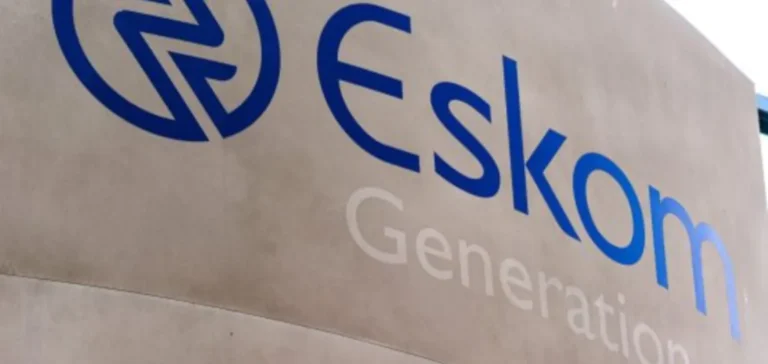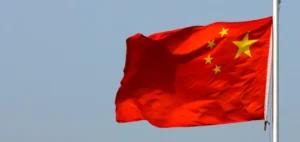South Africa’s state-owned electricity supplier, Eskom Holdings SOC Ltd., announced that no load shedding is expected between September 2025 and March 2026, marking a break from previous summers characterised by prolonged power cuts. The utility stated that it has added about 4000 megawatts (MW) of extra capacity to meet national demand during the hot season.
Significant performance improvement over two years
The announcement follows a winter period during which Eskom supplied electricity 97% of the time, with only 26 hours of load shedding recorded over four evenings. By comparison, last summer saw 13 days of load shedding, while the 2023/2024 summer experienced 176 days of outages, with electricity available only 17% of the time.
According to management, this improvement stems from a three-year strategy aimed at strengthening the reliability of the generation fleet. The approach has delivered significant savings on fuel expenditure, including approximately ZAR16bn ($839mn) on diesel in the last fiscal year.
Internal investments and government support
Group Chief Executive Dan Marokane highlighted the role of internal teams, described as “Eskom Guardians,” for their ongoing efforts. He also pointed to the support of government-led programmes in the operational recovery of the company, without providing details on the mechanisms or financing involved.
At a press briefing at Megawatt Park, Minister of Energy and Electricity Kgosientsho Ramokgopa reaffirmed the company’s positive trajectory. However, he warned that some areas were still subject to load reduction due to non-technical losses and overloading on the distribution network.
Load reduction still affecting some households
The minister specified that these reductions, affecting about 549 MW, should not be confused with planned load shedding. According to him, they are isolated measures linked to overloaded local infrastructure. A strategy to eliminate these reductions is being finalised and is expected to be made public within the next two weeks.






















